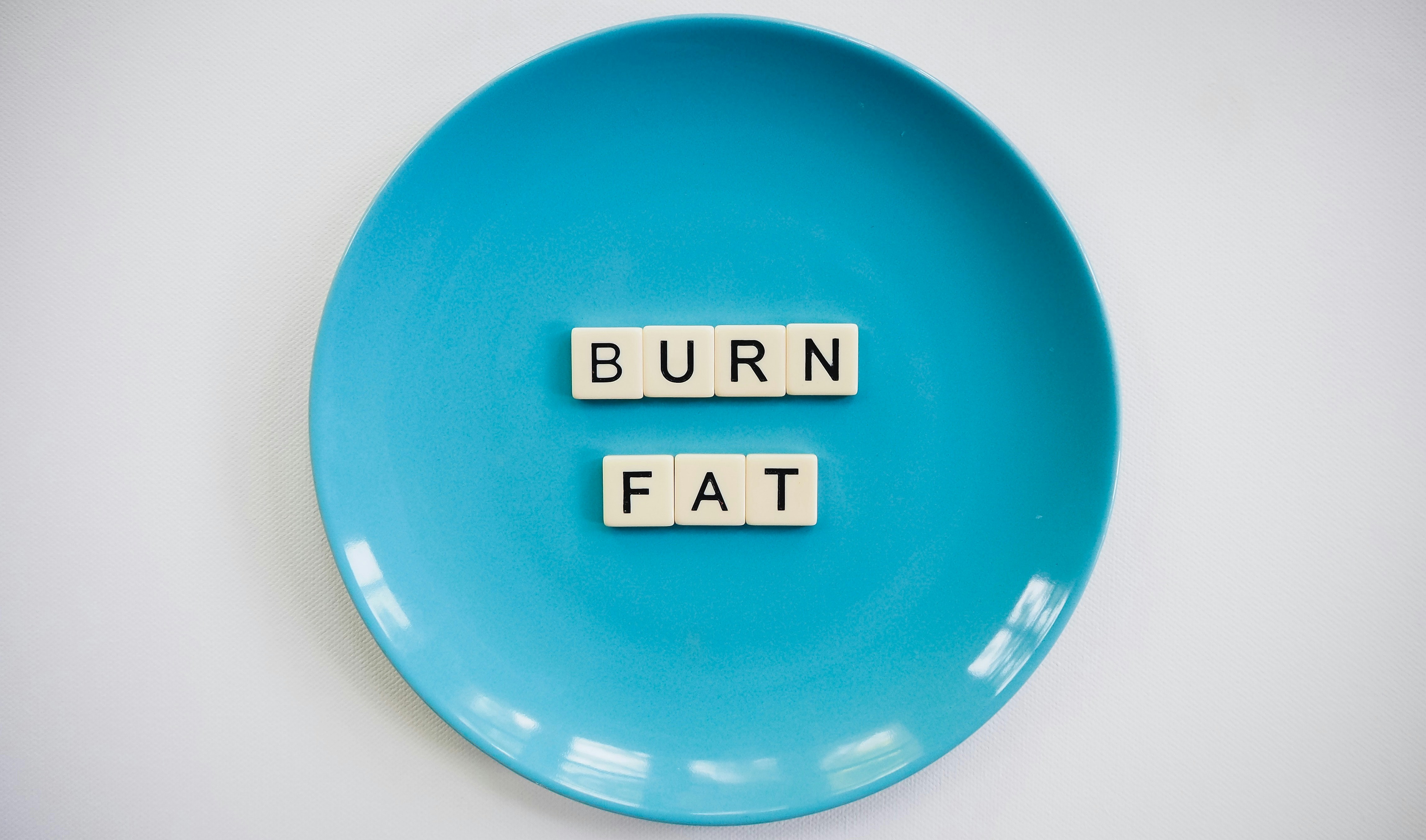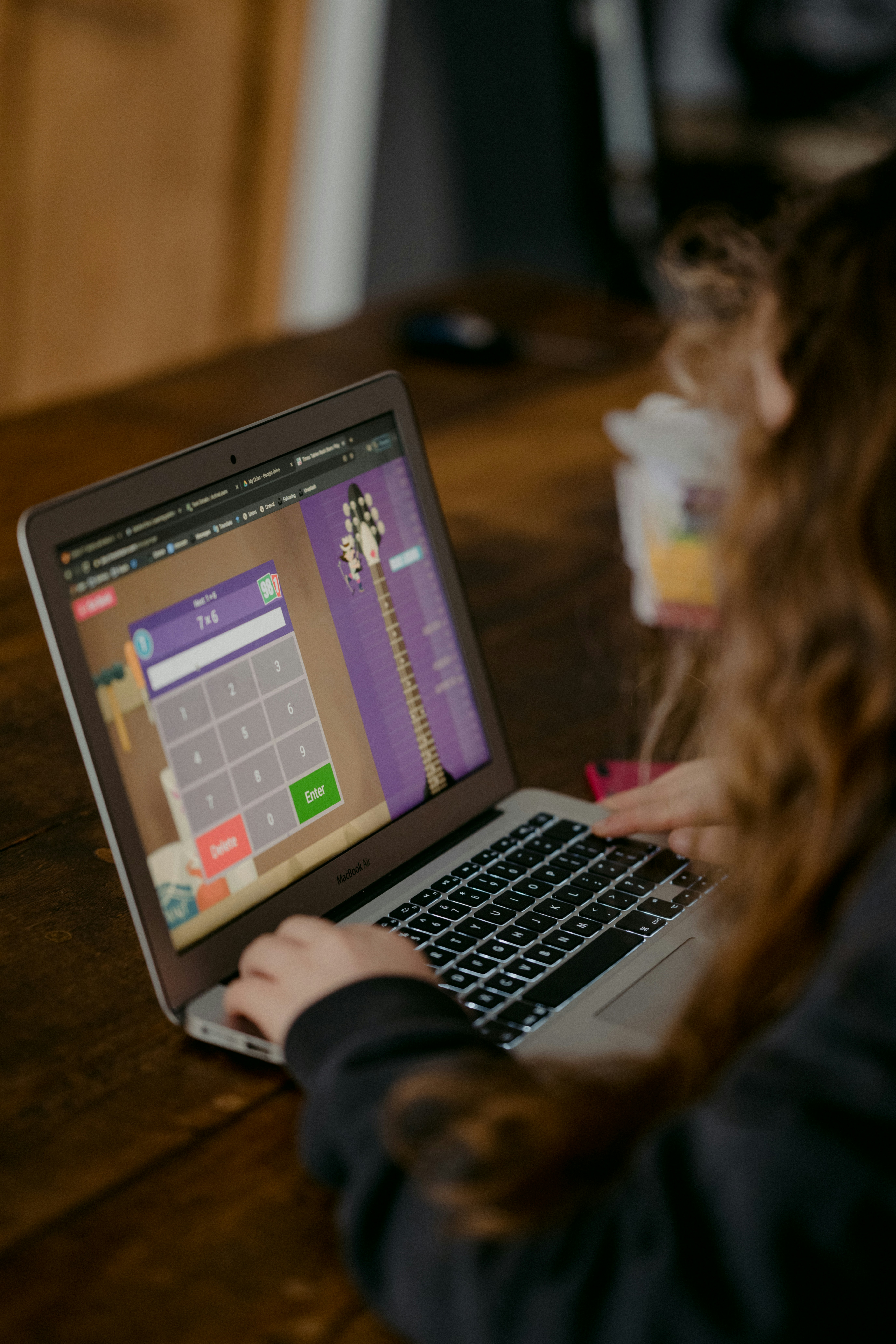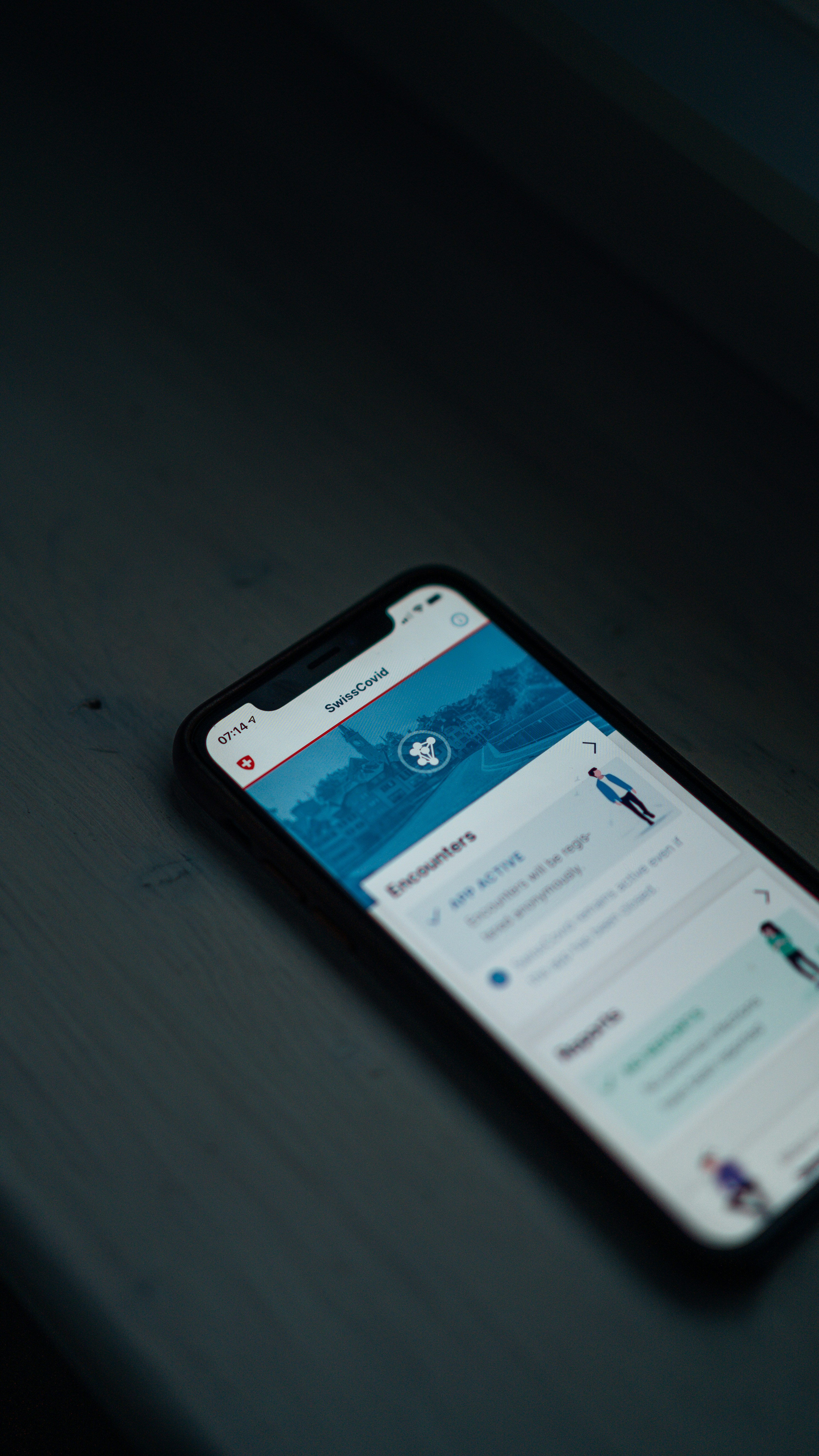Calorie Deficit for Beginners: The Ultimate Guide to Losing Weight
Welcome! If you’re starting your weight loss journey, you’ve probably seen the phrase “calorie deficit” pop up everywhere. It sounds a bit technical and intimidating, right? But what if I told you it’s the single most important concept for weight loss, and it’s actually incredibly simple to understand? Seriously. Forget the fad diets, the magic pills, and the complicated rules. At its core, weight loss boils down to this one principle.
Think of it as the foundational law of weight management. Once you truly understand it, you’ll feel so empowered. You’ll have the master key to unlock your body’s fat-burning potential. In this guide, we’re going to break it all down in a friendly, human way. No confusing science jargon, just straight talk and actionable steps you can start using today. Ready to finally understand how weight loss *really* works? Let’s get into it.
What on Earth is a Calorie? And What’s a Deficit?

Let’s start with the basics. A **calorie** is just a unit of energy. Your body gets energy from the food and drinks you consume. You need this energy to do everything—from breathing and thinking to walking and working out. Everything you do “burns” calories.
Your body has a certain number of calories it burns every day just to exist. This is your **Total Daily Energy Expenditure (TDEE)**. It includes your base metabolism, the energy used to digest food, and the energy you burn during physical activity. Now, for the magic part:
- If you eat **more** calories than your TDEE, you’re in a **calorie surplus**. Your body stores the extra energy as fat, and you gain weight.
- If you eat the **same** number of calories as your TDEE, you’re at **maintenance**. Your weight stays stable.
- If you eat **fewer** calories than your TDEE, you’re in a **calorie deficit**. Your body needs to get energy from somewhere, so it starts burning its stored fat for fuel. This is how you lose weight.
That’s it! That’s the whole secret. **To lose weight, you must be in a calorie deficit.**
Step 1: How to Find Your Maintenance Calories (TDEE)
Okay, so how do you know how many calories your body burns? The easiest way is to use an online TDEE calculator. Just search “TDEE calculator” and you’ll find plenty. You’ll need to enter your age, gender, height, weight, and activity level.

Be honest about your activity level! It usually breaks down like this:
- **Sedentary:** Desk job, little to no exercise.
- **Lightly Active:** Light exercise/sports 1-3 days/week.
- **Moderately Active:** Moderate exercise/sports 3-5 days/week.
- **Very Active:** Hard exercise/sports 6-7 days a week.
The calculator will give you an estimated number of calories you need to eat to maintain your current weight. This number is your starting point. It’s not 100% perfect, but it’s a fantastic estimate to get you going.
Step 2: Creating Your Gentle Calorie Deficit
Now that you have your maintenance number, it’s time to create the deficit. The key here is to be gentle and sustainable. A common and effective starting point is to subtract **300-500 calories** from your maintenance number.
For example, if your TDEE is 2,200 calories, a good target for weight loss would be around 1,700-1,900 calories per day. Why not a bigger deficit? Because crash dieting with super low calories is a recipe for disaster. It can lead to muscle loss, nutrient deficiencies, fatigue, and intense cravings, making it almost impossible to stick with. We want slow, steady, and sustainable progress. A deficit of 500 calories per day should theoretically lead to about 1 pound of fat loss per week, which is a healthy and sustainable rate.
Step 3: How to Track Your Calories (Without Losing Your Mind)
“Calorie counting? Ugh!” I hear you. But for a beginner, tracking your intake for a few weeks is an incredibly eye-opening experience. It’s not about being obsessive forever; it’s about learning. You’ll quickly see where your calories are coming from and learn about portion sizes. There are tons of free apps like MyFitnessPal or Lose It! that make this process super easy.

Here are a few tips to make tracking easier:
- **Get a food scale:** It’s the most accurate way to know your portion sizes. You’ll be surprised what 100g of chicken actually looks like!
- **Scan barcodes:** Most apps let you scan the barcode on packaged foods to log them instantly.
- **Plan ahead:** Try to log your meals for the day in the morning. This way, you have a plan and can adjust as needed.
- **Don’t forget liquids and oils:** That splash of creamer in your coffee and the oil you cook with have calories! Make sure to track them.
But What Should I EAT? Focusing on Food Quality
Technically, you could eat 1,700 calories of cookies and still lose weight (if your TDEE is 2,200). But you’d feel absolutely terrible, be starving all the time, and lose a lot of muscle. This is where food quality comes in. To make your calorie deficit feel easy, you need to focus on **nutrient-dense foods.**
The goal is to eat a higher volume of food for fewer calories. Here’s what to prioritize:
- **Lean Protein:** Chicken breast, turkey, fish, eggs, Greek yogurt, tofu, and legumes. Protein is the most satiating macronutrient. It keeps you full and helps preserve muscle mass while you lose fat. Aim to have a protein source with every meal.
- **High-Fiber Carbs:** Oats, brown rice, quinoa, potatoes, and whole-grain bread. Fiber slows digestion, keeping you full and providing steady energy.
- **Lots and lots of Veggies:** Broccoli, spinach, bell peppers, cauliflower, zucchini… you name it. Vegetables are packed with nutrients and volume but have very few calories. You can eat huge portions of veggies to fill up your plate and your stomach.
- **Healthy Fats:** Avocado, nuts, seeds, and olive oil. Fats are important for hormone health, but they are very calorie-dense. Be mindful of your portions here—measure out your oils and nuts!
And that’s the essence of it! A calorie deficit is simply consuming less energy than your body uses. By finding your maintenance calories, creating a gentle deficit, and focusing on high-quality, filling foods, you create a sustainable plan for fat loss that doesn’t feel like a punishment. You’ve got this!
